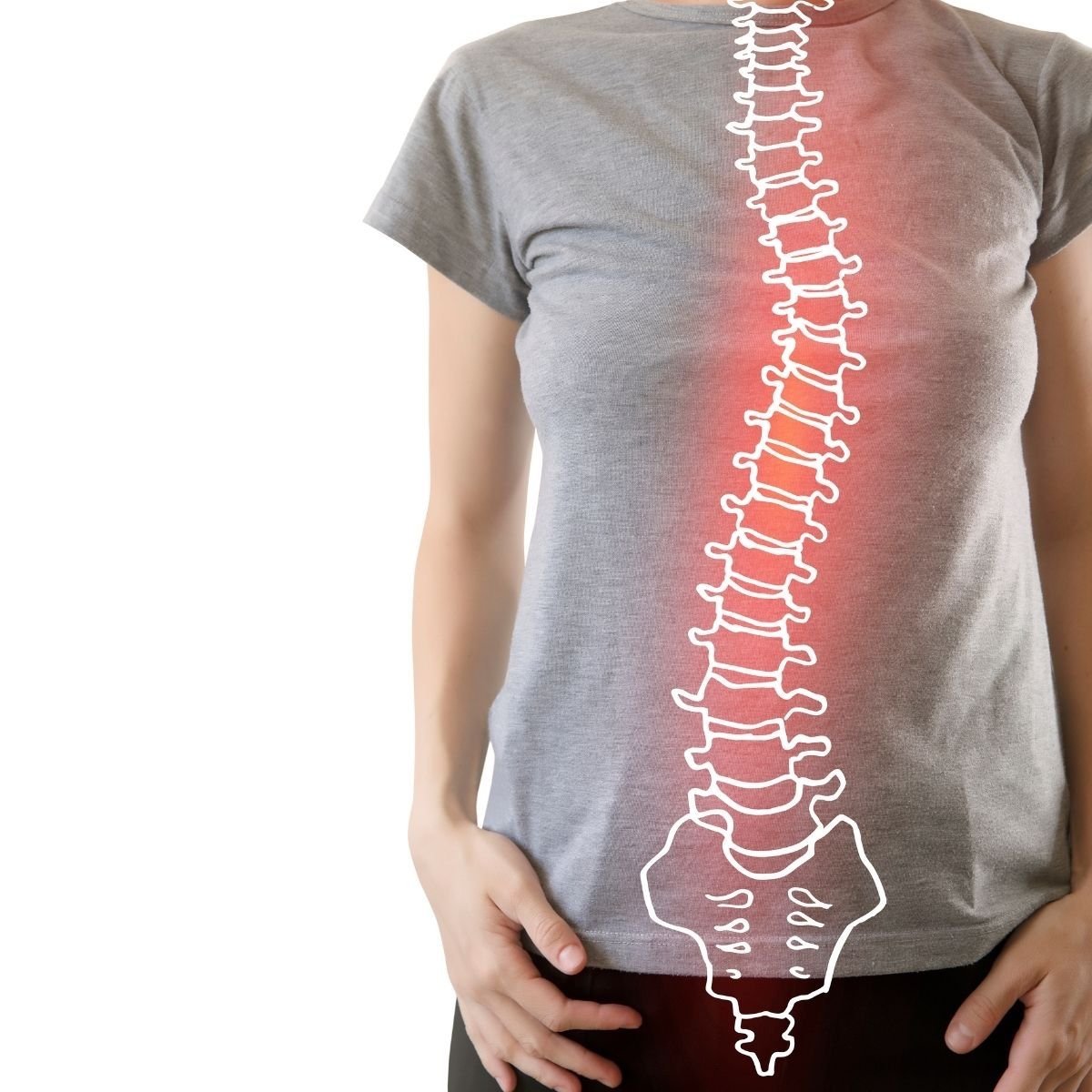
Challenges Bring Lessons Learned.
I’m extremely grateful for the opportunity to see many of you evolve in your healing and health journey. So many of you started care with symptoms, and disconnections in the body, but with commitment and chiropractic care, you are able to move forward in your healing journey AND most importantly evolve as a human and spiritual being that you are. Receiving chiropractic adjustments, helps you become more connected within your brain and nervous system, yourself and your being, and it opens the channels to evolve. Evolving and healing your physical body, makes you more whole and more ultimately you.

Salutogenesis - What is a Salutogenic Doctor?
A Salutogenic Doctor is a doctor that practices from the perspective of salutogenesis. The word salutogenesis literally means, “that which gives birth to health.” So, basically Salutogenic Doctors want to use their skills and knowledge of the human body to guide their patients in giving birth to or creating health in their lives.

5 Healthy Habits to Supplement Your Chiropractic Care, for November and the Rest of the Year!
Attaining health doesn’t stop at chiropractic care. Here are 5 “must-have” habits for health and wellness. Sometimes the basics to health are the hardest to maintain during the colder and holiday months.

Chiropractic Care is Like a Running Race. A Metaphor for Healing.
Healing takes time. It takes commitment, consistency, and it takes energy. I like to think of Cypress Chiropractic healing like a running race. If you’ve ever participated in a 5K, 10K, half or full marathon, you will be able to see this your minds eye very easily, but let me paint the picture for everyone.
There are people at the front of the starting line. Those are the people without symptoms. Then, there people at the back of the pack, far from the starting line. Those are the people with multiple symptoms. There are also the people somewhere in the middle. Maybe those people only have one or two symptoms.

Postural Syndrome & Text Neck Syndrome aka. Tech Neck Syndrome
With students going back to school this month, it’s a great time to bring up the topic of posture, Postural Syndrome, and Tech Neck also known as Text Neck. Our posture directly affects our health, the function of our organs, and the mechanics of our body. Maintaining optimal posture is the key to maintaining health and wellness.

What is the difference between Doctors of Chiropractic (DC) and Doctors of Medicine (MD)?
Chiropractors just like MD’s have to get their Bachelors Degree at college/university. After receiving a bachelor’s degree, both DC’s and MD’s begin their Doctorate Program. Chiropractors receive their doctorate in 3.5 years of a year-round schooling. MD’s usually go to school for 4 years by semesters. Chiropractors see patients in a clinic in their last year of school. They provide chiropractic care while under the surveillance of a Licensed Chiropractor. MD’s have their residency under the surveillance of Licensed MD’s.

Just like a Dentist, Everyone Should Have a Chiropractor.
Do you have a dentist? Do you get your teeth cleaned twice a year? Do you brush your teeth daily?
If you answered “yes,” then that’s great! You’re doing your part to keep your dental and oral hygiene in check. Dental hygiene includes everything you do to maintain the health of your mouth and teeth. If you don’t take the proper measures for your dental health, you could compromise your ability to chew food, drink certain beverages, or smile with confidence.
Just like the energy that you put towards your teeth, you should double that energy, and put it towards your spinal hygiene. Your spine houses and protects your Central Nervous System (CNS). Your CNS controls every single system, cell, muscle, organ, and tissue in your body. Wouldn’t you want to keep all of your cells, muscles, organs and tissues in check too?

The Sciatic Nerve - Where is the Sciatic Nerve? What is Sciatica? Why does it occur? How can it be treated?
Sciatica is a term used to describe pain anywhere along the sciatic nerve. The sciatic nerve forms from the nerve roots of the lower lumbar vertebrae and the sacrum. The nerve roots that exit between L4/L5, L5/S1 and S1/S2 later form the larger branch known as the sciatic nerve. Sciatic pain can present anywhere in the low back, the glute, down the back of the leg and into the bottom of the foot. Sciatica may occur along the entire distribution of the nerve or in certain areas. For example, sciatic pain may only be present in the calf of one leg and/or in the glute of one side rather than traveling from the glute to the calf. It doesn’t always follow the entire nerve pathway.

The Hips Don’t Lie, So Listen To Them.
The hips are very movable joints. The hips flex, extend, and rotate. The hip muscles attach and activate around the hip joints so that you can walk, run, sit, stand and move through life. The main muscles of hip flexion are the quadraceps and the iliopsoas. The tensor fascia lata (TFL), sartorius, and adductor muscles assist in flexion too. Extension is made possible by the glute maximus, medius, piriformis, and hamstrings. The glute medius, minimus, and TFL provide internal rotation and abduction, and the piriformis, gemellus, obturator muscles are responsible for external rotation and adduction.

Scoliosis - The What, Why, and How of Scoliosis?
What is scoliosis?
Scoliosis is a term that is used to describe extra curvatures in the spinal column. A “hunched-over” spine, also described as a hyper-kyphosis, effects the spinal curve in the sagittal plane-line. This is something you may visually notice by looking at a spine from the side view. Scoliosis, on the other hand, effects all of the plane-lines but mostly the coronal plane, which is viewed from front-to-back or back-to-front.
